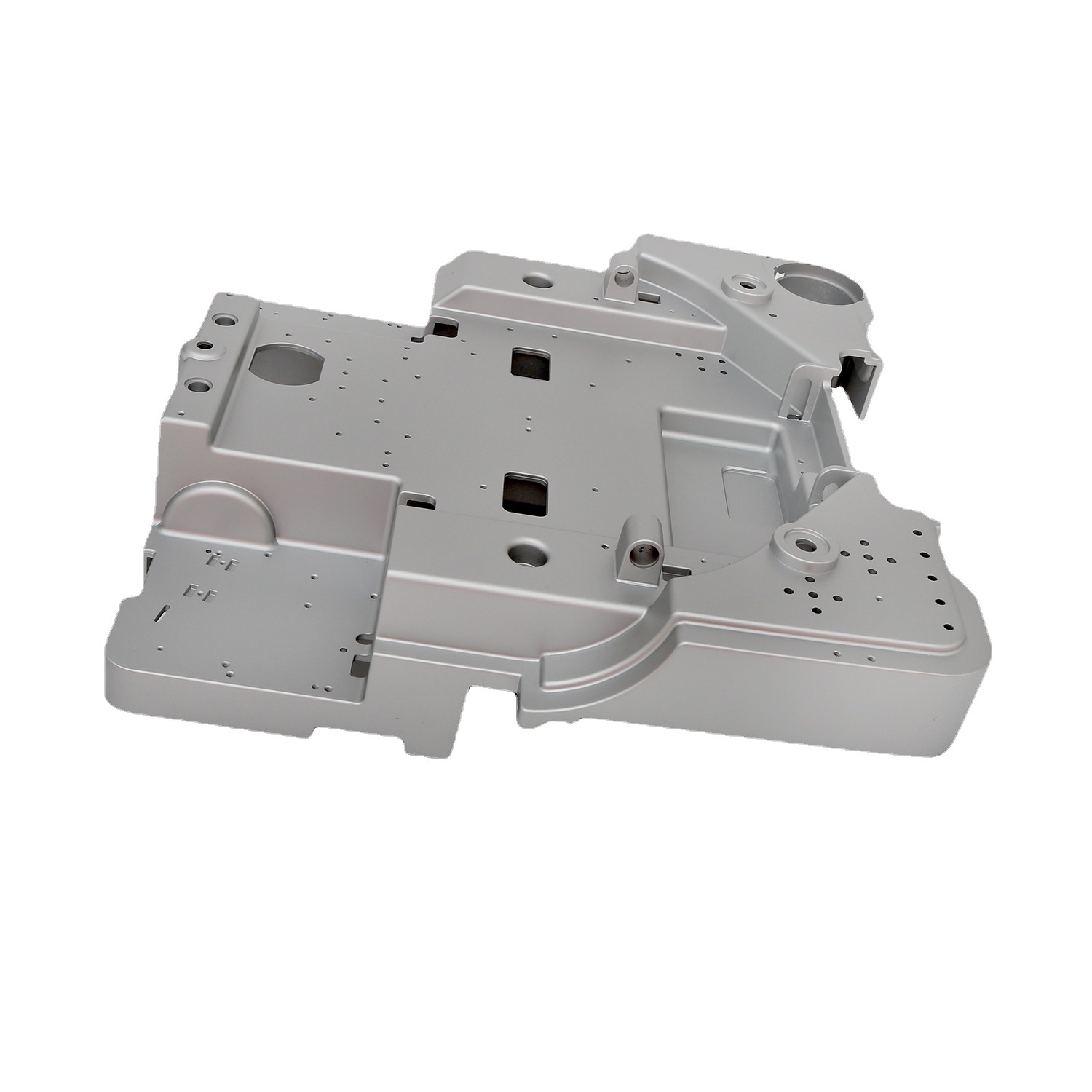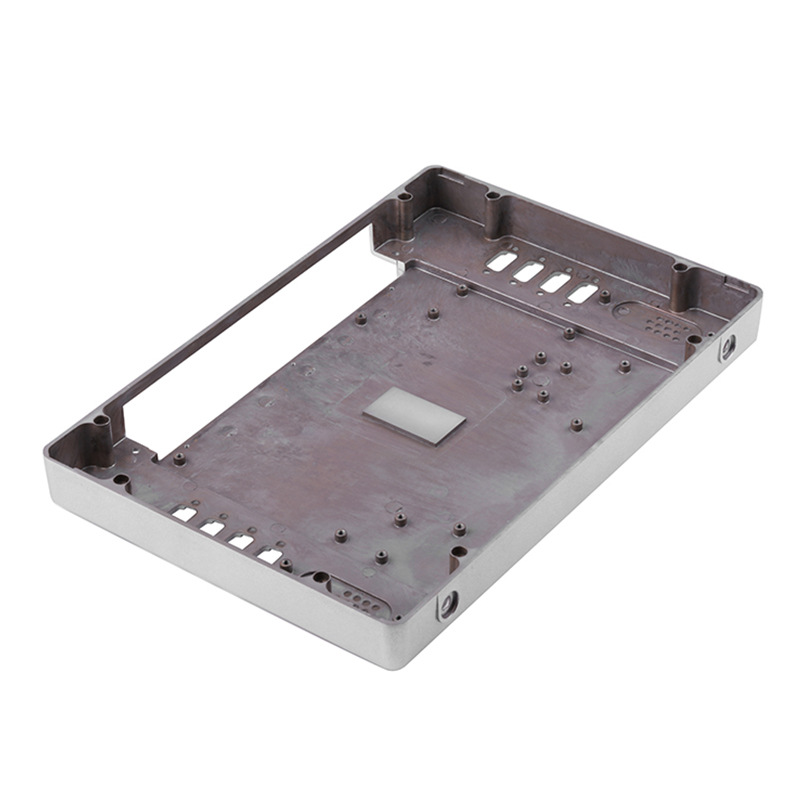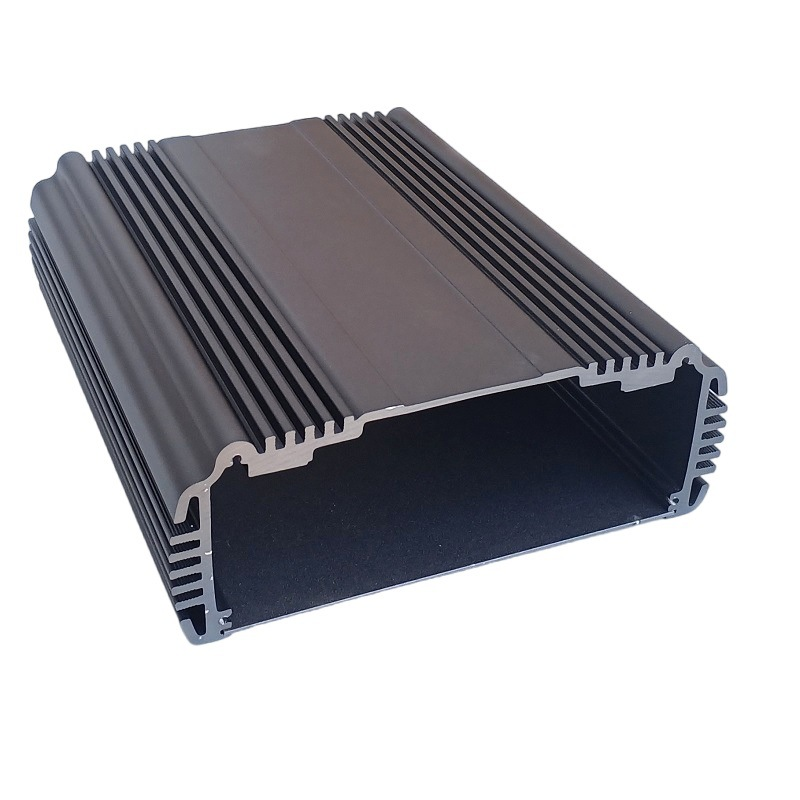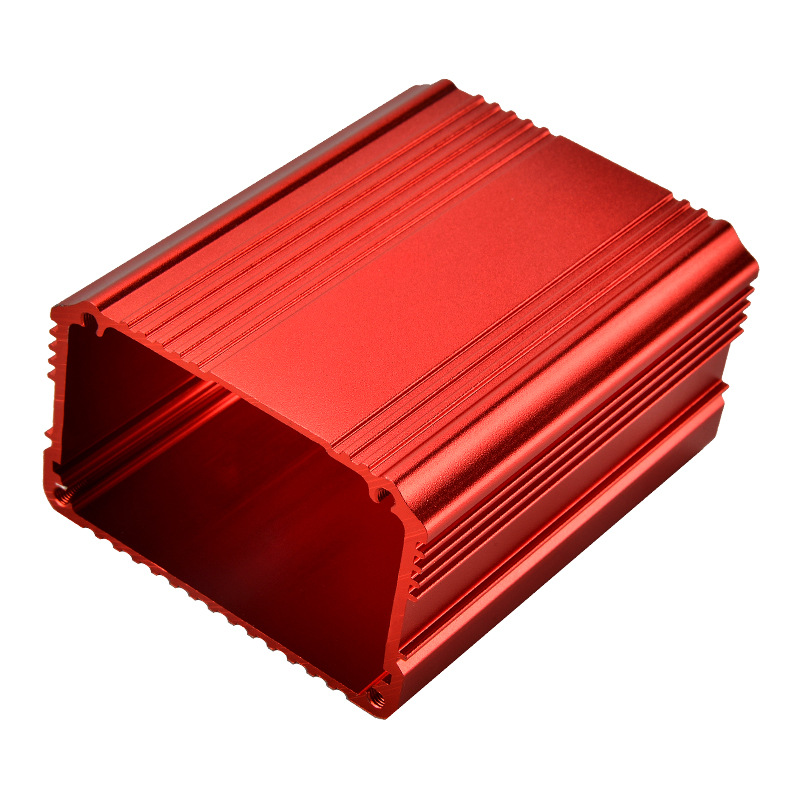LED lighting is used in some of the harshest environments—outdoor landscapes, marine vessels, industrial factories, and even traffic systems.
If the enclosure protecting the LED components fails, the consequences can be severe: water ingress, overheating, corrosion, or even complete failure of the system.
For manufacturers, engineers, and buyers alike, the pressure is on to find a reliable way to build enclosures that last.

The answer lies in CNC machining.
With its unmatched precision, repeatability, and ability to work with heat- and corrosion-resistant materials, CNC machining allows you to create LED enclosures that meet even the most demanding IP standards for waterproofing and heat protection.
It’s the best solution when performance and protection can’t be compromised.
In this article, we’ll explore how CNC machining solves the most pressing challenges in LED enclosure design—from achieving IP67 ratings to managing heat and structural stress in real-world conditions.
-
Table Of Contents
-
1. How Can CNC Machining Help You Build Waterproof and Heat-Resistant LED Enclosures?
-
2. Why Does CNC Machining Outperform Traditional Methods in LED Enclosure Manufacturing?
-
3. How Does CNC Machining Create Truly Waterproof LED Enclosures?
-
4. What Materials Make the Best CNC-Machined LED Enclosures?
-
5. How Does CNC Machining Enhance Heat Management in LED Systems?
-
6. Why CNC Machining Is Ideal for IP-Rated LED Enclosures?
-
7. CNC Machining vs 3D Printing and Injection Molding: Which Is Better?
-
8. What Should You Look for When Sourcing CNC-Machined LED Enclosures?
-
9. Can CNC Machining Speed Up Your Product Development Cycle?
-
10. Summary
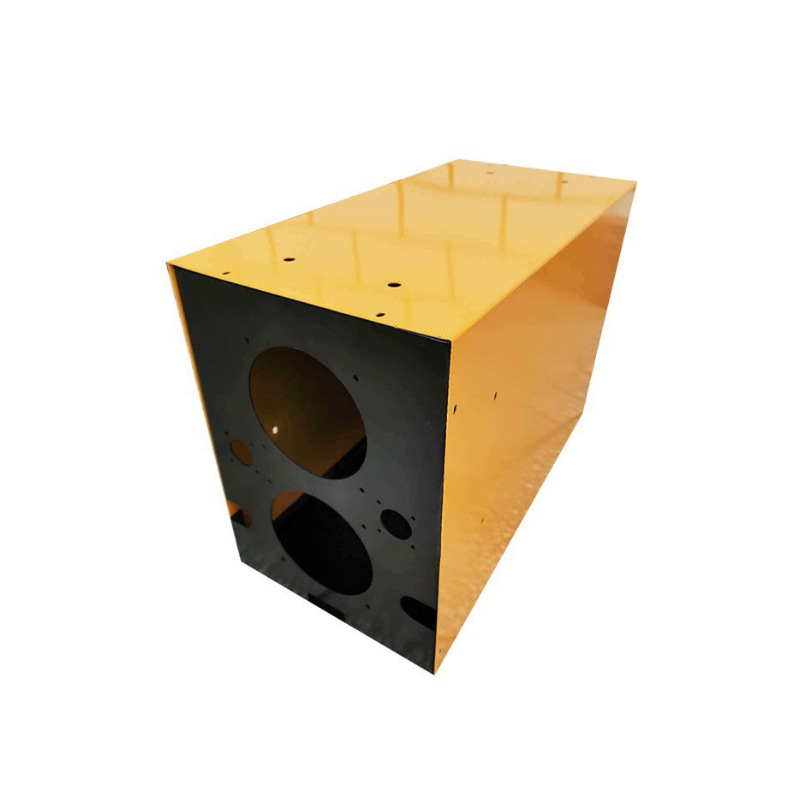
Why Does CNC Machining Outperform Traditional Methods in LED Enclosure Manufacturing?
CNC (Computer Numerical Control) machining is a subtractive manufacturing process that uses pre-programmed software to guide high-precision cutting tools.
When applied to LED enclosure production, CNC machining provides:
• Extremely tight tolerances that eliminate the gaps and seams where water or dust could enter
• Customizability to adapt to unique LED fixture designs and operating conditions
• Repeatability to ensure that each unit is identical, maintaining consistent performance across large-scale installations
• Material flexibility, allowing for the use of heat- and corrosion-resistant metals like aluminum and stainless steel
Compared with plastic molding or die casting, CNC machining offers superior sealing performance and structural integrity—two things you simply can’t compromise on in critical LED applications.

How Does CNC Machining Create Truly Waterproof LED Enclosures?
In waterproof LED applications, sealing failures are often the result of imprecise machining or poorly designed joints.
CNC machining eliminates these risks through:
1. Precision and Seamless Construction
• Micron-level accuracy ensures gasket grooves are cut to perfectly fit sealing materials such as O-rings or silicone inserts.
• Fewer joints mean fewer weak points—CNC-machined enclosures can be made from a single block of material or tightly fitted sections.
• Smooth mating surfaces allow gaskets to compress evenly, creating a uniform, airtight seal.
2. Advanced Sealing Techniques
CNC machining makes it possible to integrate:
• Double-seal grooves for added protection in high-pressure or submerged applications
• Compression latches to ensure consistent pressure across the gasket
• Welded or bonded edges for permanent, leak-proof construction
• Post-machining treatments such as silicone coating or epoxy sealing for extra security
These design details are essential for meeting IP65, IP67, or even IP68 standards.

What Materials Make the Best CNC-Machined LED Enclosures?
Material choice is critical for both waterproofing and thermal performance.
CNC machining works with a wide range of suitable materials:
Metals
• Aluminum: Lightweight, corrosion-resistant, and has excellent thermal conductivity—perfect for outdoor or high-power LEDs
• Stainless Steel: Ideal for heavy-duty industrial or marine applications due to its strength and resistance to rust
• Titanium: Exceptional durability and heat resistance, though at a higher cost
Plastics and Composites
• Polycarbonate (PC): Transparent, impact-resistant, and UV-stable
• ABS: Durable and cost-effective, suitable for indoor or low-heat environments
• Acrylic (PMMA): Used for lenses or covers; offers clarity and surface hardness
For most industrial-grade applications, aluminum strikes the best balance between machinability, durability, and thermal performance.

How Does CNC Machining Enhance Heat Management in LED Systems?
Heat buildup is one of the biggest performance killers for LED lights.
Poor thermal design leads to:
• Reduced brightness
• Shortened lifespan
• Higher energy consumption
CNC Machining Solves This With:
• Integrated heat sinks: CNC machines can cut detailed cooling fins directly into the enclosure body
• Uniform wall thickness: Prevents hotspots and allows even heat dissipation
• Material selection: High-conductivity materials like aluminum pull heat away from sensitive LED chips
• Precision-fit coatings: Ceramic or anodized coatings reflect heat and protect surfaces
CNC-machined enclosures are often used in high-wattage LED systems where passive cooling alone is critical for reliable operation.
Why CNC Machining Is Ideal for IP-Rated LED Enclosures?
Ingress Protection (IP) ratings are the global standard for enclosure durability.
Common LED enclosure needs include:
• IP65: Dust-tight and protected against jets of water
• IP67: Withstands 30-minute submersion at 1m depth
• IP68: Designed for continuous underwater use
To meet these standards, CNC machining provides:
• Seamless sealing surfaces
• Integrated gasket channels
• Repeatable accuracy with zero deviation
These capabilities are difficult to replicate with plastic molding or metal stamping.
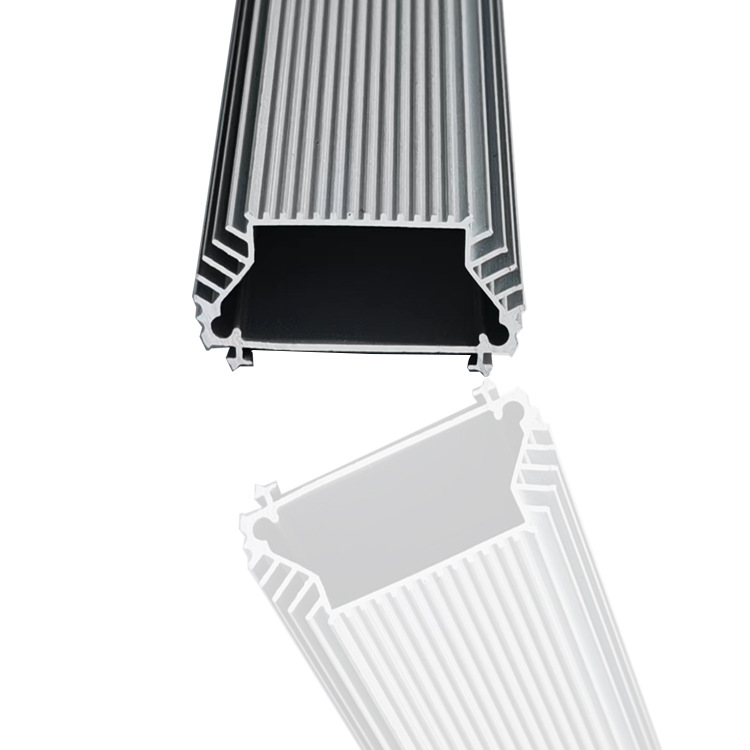
CNC Machining vs 3D Printing and Injection Molding: Which Is Better?
Feature | CNC Machining | 3D Printing | Injection Molding |
Precision | High | Moderate | High |
Strength | High | Low | High |
Waterproofing | Excellent | Poor | Excellent |
Customization | Unlimited | High | Limited |
Heat Resistance | High | Low | High |
Prototyping Speed | Fast | Fast | Slow (tooling) |
CNC machining is clearly the best option for customized, high-performance LED enclosures that need to meet both waterproof and thermal standards.
What Should You Look for When Sourcing CNC-Machined LED Enclosures?
From a buyer’s perspective, choosing the right supplier for CNC-machined LED enclosures isn’t just about cost—it’s about long-term reliability.
Here’s what to prioritize:
• IP rating certification: Can the supplier meet IP67 or higher?
• Material quality: Are they using verified, corrosion-resistant metals like 6061 aluminum or 316 stainless steel?
• Thermal design: Do they offer heat sink integration or coating options?
• Production scalability: Can they handle both small-batch and large-volume runs?
• Design support: Are they equipped to help you optimize sealing, fit, and mounting?
Choosing the right CNC machining partner can mean the difference between a long-lasting LED system—and a maintenance nightmare.
Can CNC Machining Speed Up Your Product Development Cycle?
Absolutely. One often overlooked advantage of CNC machining is how it shortens the time from prototype to production.
• Rapid prototyping: CAD files can be translated into functional, testable enclosures within days
• Design iterations: Modifications can be implemented quickly without retooling
• Small batch testing: Low-volume runs allow for real-world performance trials before mass production
This flexibility allows engineers and manufacturers to bring better, more reliable LED lighting solutions to market—faster and with greater confidence.
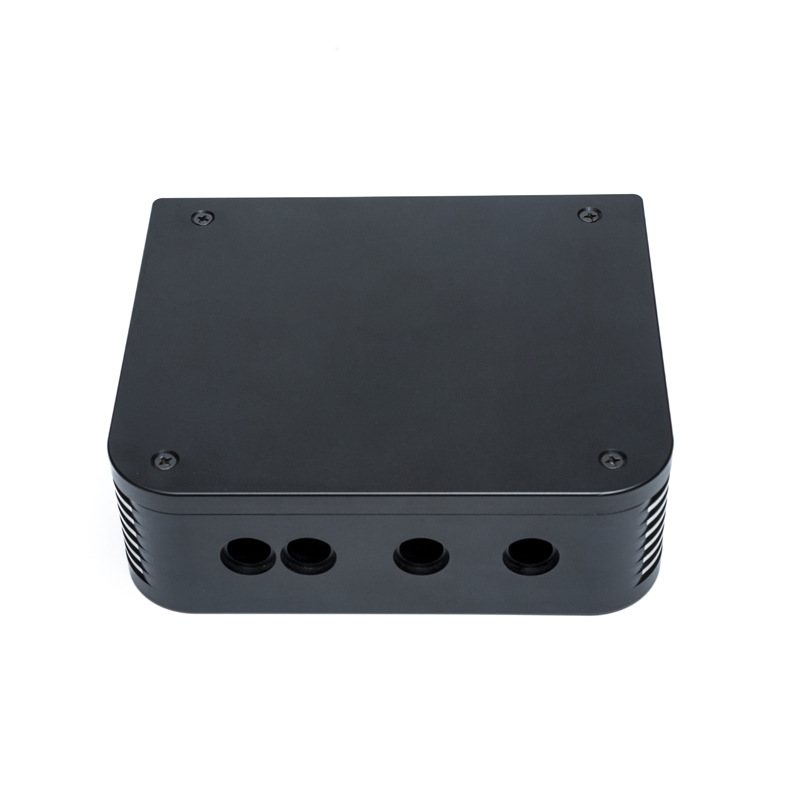
Conclusion
CNC machining offers a powerful combination of precision, material flexibility, and reliability.
For waterproof and heat-resistant LED enclosures, it delivers: Consistent IP-rated sealing, Optimized thermal management, Structural strength in any environment and Design flexibility for any lighting application.
If you’re looking to reduce failure rates, boost durability, and stand out in a competitive LED market, CNC machining is the investment that pays off in performance and peace of mind.



